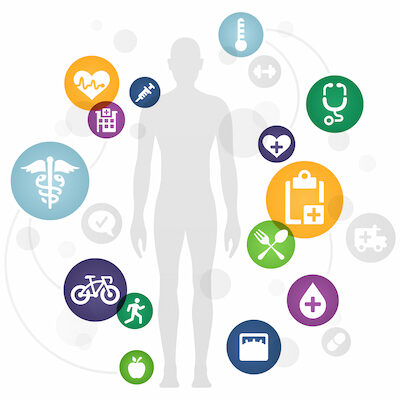Documentation
Medical Device- Trial Design Considerations
Medical Device- Trial Design Considerations
When designing clinical trials for medical devices, several considerations should be taken into account to ensure robust and meaningful results. Here are some key trial design considerations for medical devices:
- Objective and Study Design: Clearly define the primary objective of the trial, whether it is to assess safety, efficacy, or both. Select an appropriate study design, such as randomized controlled trials (RCTs), non-randomized studies, or observational studies, based on the research question and feasibility.
- Patient Population: Define the target patient population that reflects the intended use of the medical device. Consider inclusion and exclusion criteria to ensure enrollment of patients who are representative of the intended users and who are likely to benefit from the device.
- Control Group: Determine the need for a control group, which can be a placebo, standard of care, or an alternative treatment. The control group helps assess the device’s performance compared to existing options and provides a basis for evaluating safety and efficacy.
- Blinding: Blinding, when feasible, helps minimize bias by ensuring that participants, investigators, and outcome assessors are unaware of the treatment assignment. Blinding can be challenging in device trials, particularly for surgical interventions or devices with visible features, but consider strategies like sham procedures or double-blind assessments.
- Sample Size Calculation: Perform a robust sample size calculation to ensure adequate statistical power to detect clinically meaningful differences or effects. Consider factors such as expected effect size, variability, significance level, and power when determining the number of participants required.
- Endpoints and Outcomes: Define primary and secondary endpoints that are clinically relevant and align with the device’s intended use. Primary endpoints typically measure efficacy, safety, or a combination of both. Select appropriate outcome measures, such as patient-reported outcomes, objective assessments, or biomarkers, depending on the device and its impact.
- Follow-up Duration: Determine the appropriate duration of follow-up to capture short-term and long-term outcomes relevant to the device’s use. Consider factors like the expected time to achieve treatment effects, potential device-related complications or failures, and regulatory requirements.
- Statistical Analysis: Develop a statistical analysis plan that outlines the statistical tests, methods of analysis, and handling of missing data. Consider appropriate statistical approaches for analyzing device-related outcomes, such as survival analysis, repeated measures analysis, or non-inferiority/equivalence testing.
- Ethical Considerations: Ensure that the trial design respects ethical principles and protects the rights and well-being of study participants. Obtain appropriate informed consent, maintain patient confidentiality, and comply with ethical guidelines and regulations.
- Regulatory Requirements: Familiarize yourself with the specific regulatory requirements governing medical device trials in the target markets. Understand the necessary documentation, reporting obligations, and regulatory approval processes.
- Post-Market Follow-up: Consider incorporating post-market follow-up plans to monitor device performance, gather real-world evidence, and assess long-term safety and effectiveness. Post-market surveillance studies can provide valuable insights into the device’s performance in a larger patient population and under routine clinical conditions.
It is crucial to consult with experts in clinical trial design and regulatory affairs, as well as relevant guidelines and regulations, to ensure the Medical Device- Trial Design Considerations meets regulatory expectations and generates reliable evidence to support the safety and efficacy of the medical device.
You may be interested in the programs below:



